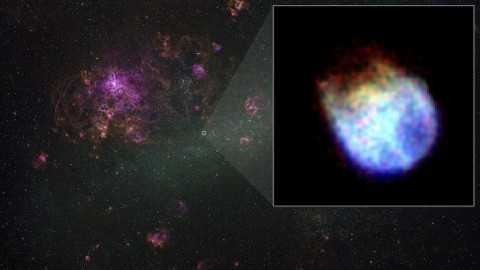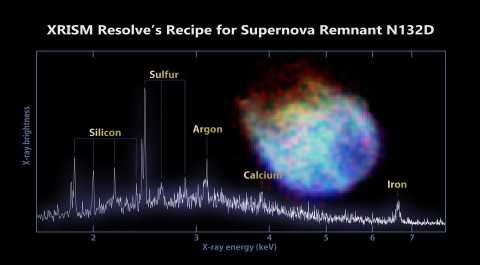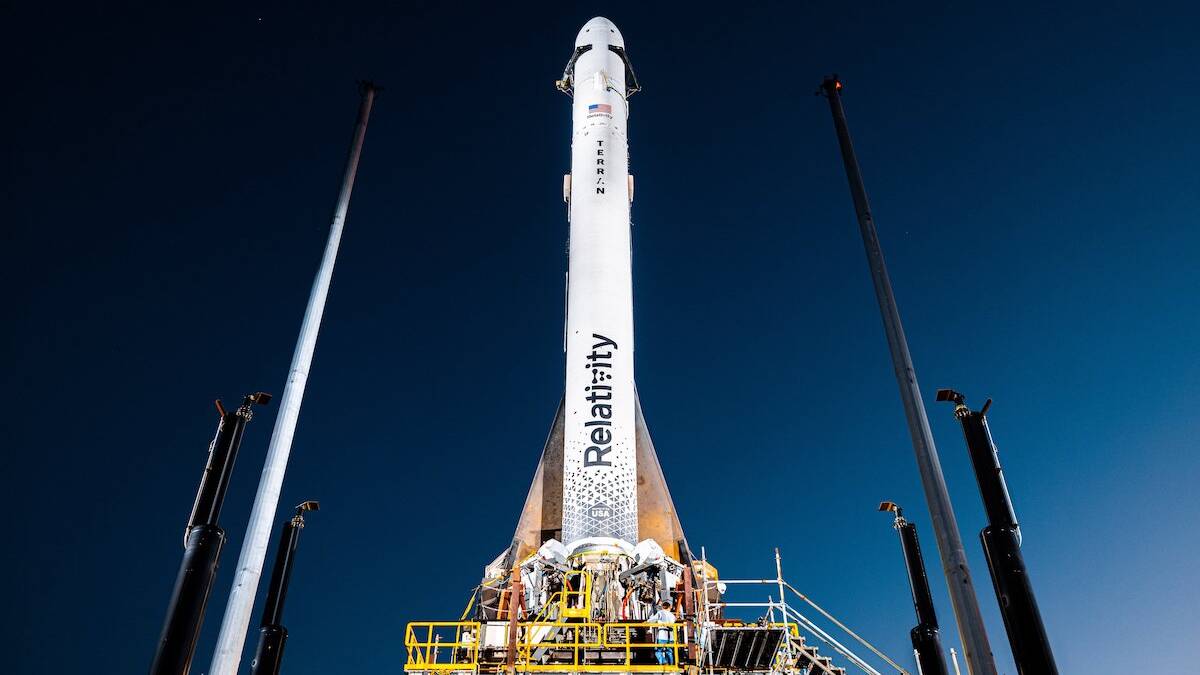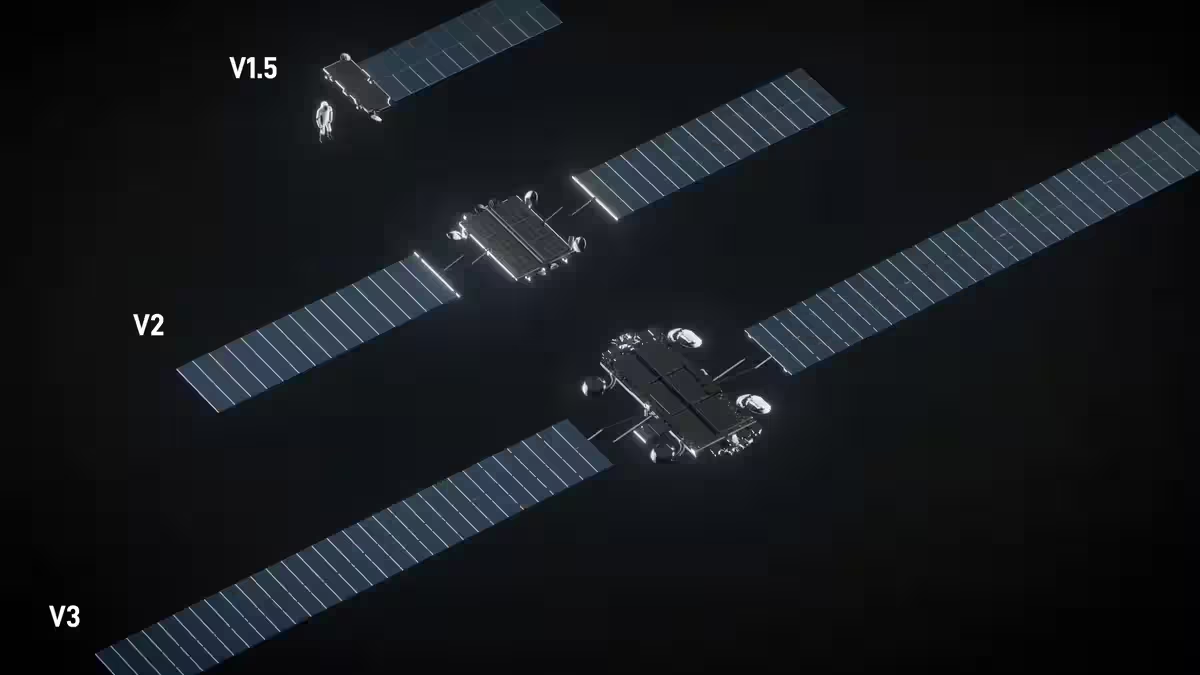Astronomers have shown the consequences of the N132D supernova explosion

Japan’s XRISM space observatory, in collaboration with NASA, has unveiled a unique image of the explosion of supernova N132D, which is about 160,000 light-years away from Earth. The image captured the most detailed spectrum of matter ejected into space.
XRISM is equipped with a spectrometer that can determine the composition of cosmic objects. This instrument takes light and separates it into different colors, much like a prism, where each color corresponds to a specific chemical element. One of XRISM’s primary targets was the supernova remnant N132D, located in the Milky Way’s satellite galaxy — the Large Magellanic Cloud. This remnant is about three thousand years old, and it resulted from the explosion of a star 15 times the size of the Sun. The spectrometer was used to image the supernova remnant and its most detailed spectrum, which shows traces of silicon, sulfur, calcium, argon and iron.
The spectrometer was used to image the supernova remnant and its most detailed spectrum, which shows traces of silicon, sulfur, calcium, argon and iron.
Massive stars create many elements within them under the immense pressure of their nuclei, and even more complex substances can be formed during a violent explosion. Without such events, humanity would not exist, for without iron we could not breathe oxygen.










